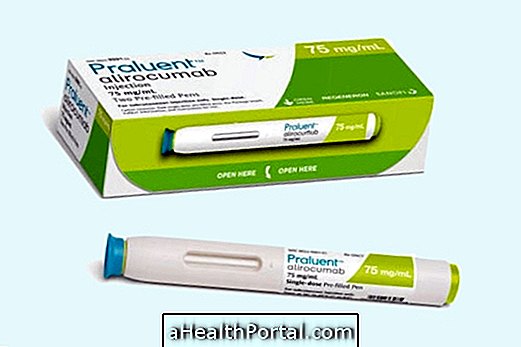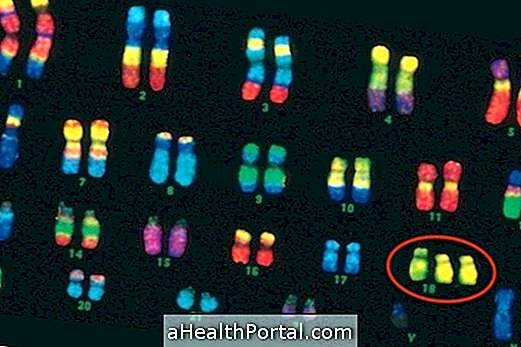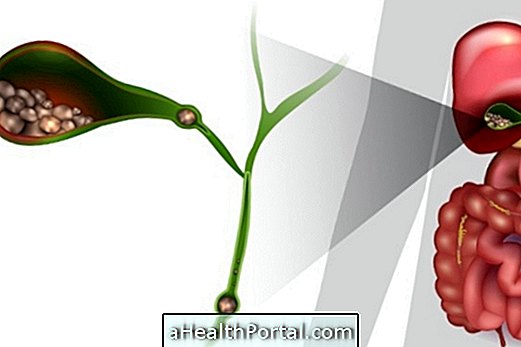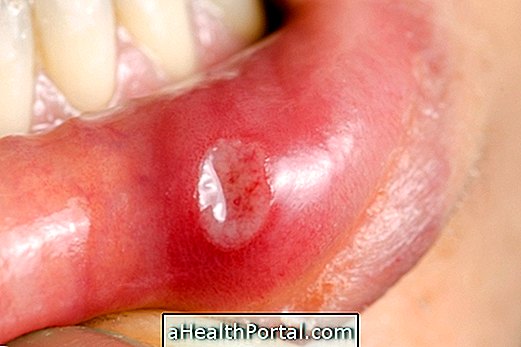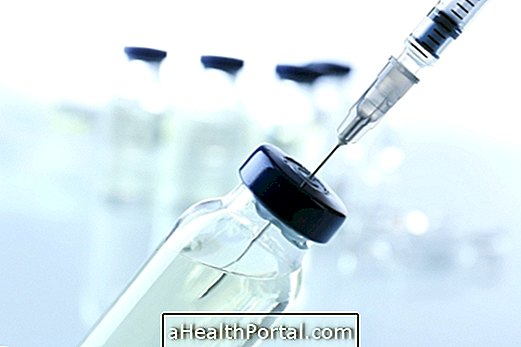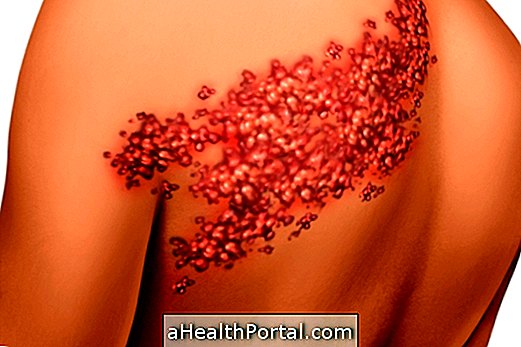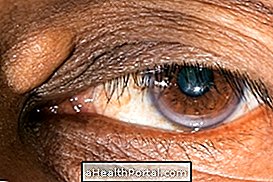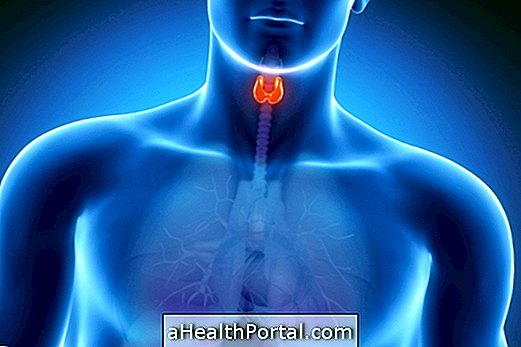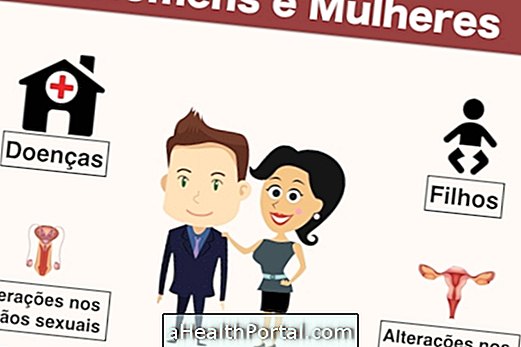The use of contraceptives may increase the chances of developing a venous thrombosis, which is the formation of a clot within a vein, partially or totally blocking the flow of blood.
However, it should be remembered that the risk of thrombosis remains small, and is much more likely to occur from other causes, such as smoking, diseases that change coagulation or after a period of immobilization, due to surgery or a long trip, for example .
Any hormonal contraceptive, either in pill form, injections, implants or adhesives, cause this effect because they contain the combination of hormones estrogen and progesterone, which by preventing pregnancy, also end up interfering in the coagulation mechanism, making it easier.
![]()
What contraceptives can cause thrombosis
The risk of developing thrombosis is proportional to the estrogen hormone values of the formula, therefore, contraceptives with more than 50 mcg of estradiol are the ones that cause a greater chance of developing this type of alteration, being recommended to use those containing 20 to 30 mcg of this substance.
Understand other major side effects of the contraceptive pill and how they happen.
What signs to watch out for
The most common form of thrombosis is deep venous thrombosis in the legs, which can cause symptoms such as:
- Swelling of only one leg;
- Redness of affected leg;
- Dilated veins in the leg;
- Local temperature increase;
- Pain or feeling of weight on the spot;
- Thickening of the skin.
Other forms of thrombosis, which are rarer and more serious, include pulmonary embolism, which causes shortness of breath, rapid breathing and chest pain, or cerebral thrombosis, which causes stroke-like symptoms. Learn more about each type of thrombosis and its risks.
What to do in case of suspicion
When thrombosis is suspected, one should immediately go to the hospital. The doctor may order tests, such as ultrasound, Doppler, tomography, and blood tests. However, there is no test that confirms that venous thrombosis was caused by the use of contraceptives, so this suspicion is confirmed when other causes more likely to occur with thrombosis were not found, such as an extended trip following surgery, smoking, or coagulation diseases, for example.
![]()
Because the contraceptive can cause thrombosis
The use of oral contraceptives increases the risk 3 to 6 times of developing venous thrombosis, however, it is important to keep in mind that this risk is still low, because in a pregnancy, for example, this risk is about 200 times greater. This risk is likely to be high because of its ability to cause increased levels of coagulant factors and reduction of anticoagulant factors in the blood.
However, it is important to keep in mind that the benefits of using contraceptive still outweigh its benefits, as well as preventing unwanted pregnancy, this medicine can also prevent the onset of acne, reduce PMS and menstrual cramps, regulate the cycle menstrual period, and decrease the risks of breast and ovarian cancer.
Who should not use contraception
Despite the increased possibilities, the chances of developing thrombosis from contraceptive use remain small, unless the woman has other risk factors, which combined with the use of the pill, can leave this risk high.
The situations that increase the risk of thrombosis, avoiding the use of contraceptives, are:
- Smoking;
- Age greater than 35 years;
- History of thrombosis in the family;
- Frequent migraine;
- Obesity;
- Diabetes.
Therefore, whenever a woman starts using a contraceptive, it is recommended to undergo an evaluation by the gynecologist before, who can do the clinical evaluation, physical examination, and request tests to make it difficult to complicate.






